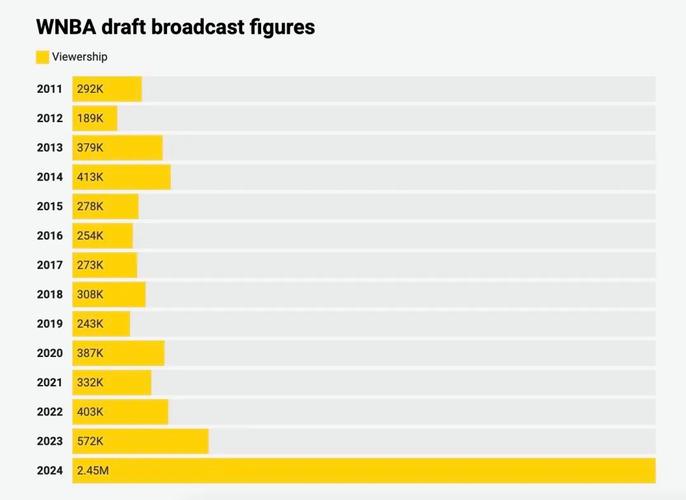Title: Understanding Television Ratings in the American Sports Industry
Television ratings play a pivotal role in the American sports industry, serving as a barometer of popularity, audience engagement, and revenue generation. Understanding the nuances of these ratings is essential for stakeholders ranging from sports leagues to advertisers. Let's delve into the dynamics of television ratings in the American sports landscape and explore key factors influencing them.
Factors Influencing Television Ratings in American Sports:
1.
Game Importance and Matchups:
Highstakes games, such as playoffs or championship matches, typically attract larger audiences due to heightened interest and emotional investment.
Popular teams with large fan bases often draw significant viewership regardless of the game's importance.
2.
Timing and Scheduling:
Primetime slots, especially on weekends, tend to attract more viewers as people are more likely to be available to watch.
Scheduling conflicts with other major events can adversely affect ratings.
3.
Competitive Balance and Excitement:
Close, thrilling games are more likely to retain viewers throughout the broadcast, leading to higher ratings.
Blowout games or predictable outcomes may result in audience tuneout, impacting ratings negatively.
4.
Star Power and Storylines:
Presence of star athletes or compelling storylines surrounding teams can significantly boost viewership.
Rivalries between teams also contribute to increased interest and higher ratings.
5.
Streaming and Digital Platforms:
The rise of streaming services and digital platforms has altered viewership patterns, providing alternative ways for fans to consume sports content.
Nielsen ratings traditionally used for TV may not fully capture the audience from digital platforms, necessitating supplementary metrics for a comprehensive assessment.
Implications and Recommendations:
1.
Datadriven Decision Making:
Leverage comprehensive data analytics to understand viewership trends, audience demographics, and consumption habits across different platforms.
Use insights to optimize scheduling, tailor content, and allocate resources effectively.
2.
Engagement Strategies:
Invest in engaging pregame shows, halftime analyses, and postgame discussions to enhance viewer retention and overall viewing experience.
Encourage interactive features like polls, live chats, and social media integration to foster community engagement.
3.
Diversification of Revenue Streams:
Explore partnerships with streaming services and digital platforms to reach broader audiences and capitalize on evolving consumption patterns.
Implement innovative monetization strategies such as targeted advertising, subscription models, and merchandise sales.
4.
Audience Outreach and Fan Engagement:
Prioritize fan outreach initiatives, including fan clubs, exclusive content, and interactive experiences, to cultivate a loyal and engaged fan base.
Foster twoway communication channels to solicit feedback, address concerns, and adapt programming to meet audience preferences.
5.
Collaboration and Partnerships:

Collaborate with broadcast networks, advertisers, and other stakeholders to develop synergistic strategies that maximize reach, engagement, and revenue opportunities.
Foster longterm partnerships built on mutual trust, transparency, and shared objectives for sustainable growth.
In conclusion, television ratings serve as a vital metric for evaluating the success and impact of sports broadcasts in the United States. By understanding the factors influencing ratings and implementing strategic initiatives to enhance viewer engagement, stakeholders can navigate the evolving media landscape and capitalize on emerging opportunities for growth and innovation.

